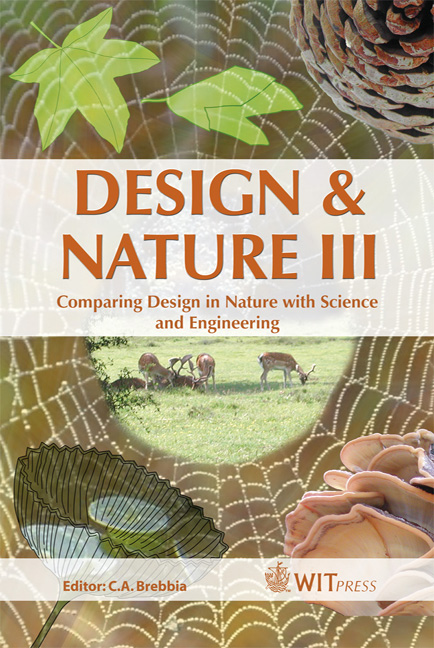Biomimetic Robots For Robust Operation In Unstructured Environments
Price
Free (open access)
Transaction
Volume
87
Pages
9
Published
2006
Size
294 kb
Paper DOI
10.2495/DN060251
Copyright
WIT Press
Author(s)
G. S. Ravindrabhai
Abstract
Animal models are used as the inspiration for many different types of robots by closely studying the mechanics of various animals and then applying these observations to robot design. The goal is to develop a new class of biologically-inspired robots with greater performance in unstructured environments, able to respond to changing environmental factors such as irregular terrain. Unlike traditional science fiction views of robots that closely resemble animals in outward appearance, this has used biomimicry of the cockroach, one of nature’s most successful species. Insects are studied to understand the role of passive impedance (structure and control), humans are studied to understand adaptation and learning. Novel layered prototyping methods are used to create compliant biomimetic structures with embedded sensors and actuators. Biomimetic actuation and control schemes are developed that exploit \“preflexes” and reflexes for robust locomotion and manipulation. Preliminary experiments are carried out to determine insect leg properties. The first prototypes of embedded sensors and actuators are illustrated. Locomotion focus: rough terrain traversal, inspired by the cockroach running over blocks surface. Keywords: hexapedal, tripod, legged locomotion, mobile robot motion and path planning, modelling. 1 Introduction Design guidelines for small and fast robots capable of fault-tolerant action in known and unstructured environments are very demanding. Many of these robots
Keywords
hexapedal, tripod, legged locomotion, mobile robot motion and path planning, modelling.





